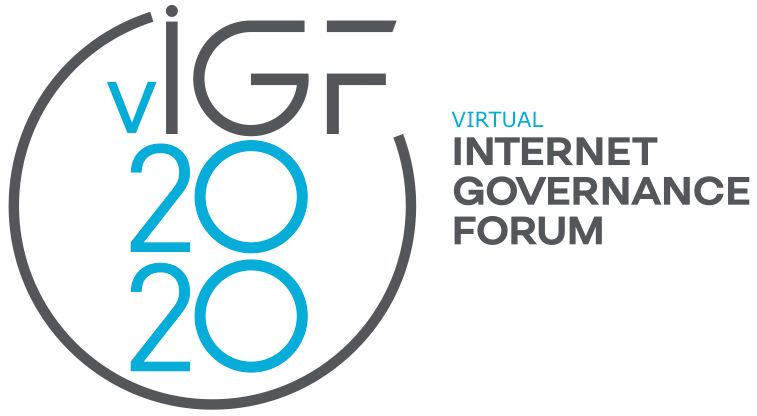E-human trafficking: Understanding, challenges, opportunities
9 Nov 2020 12:00h - 13:00h
Event report
The session, moderated by Mr Routte Jesse (CEO, Three Stones International), discussed the double role of digital technology in spreading and combating e-human trafficking. The use of technology in human trafficking indeed increases the complexity of crimes as traffickers use the Internet to identify and deceive victims from afar. However, digital technologies also provide greater means to prevent and police human trafficking.
The session first addressed the challenges raised by digital technologies in facilitating human trafficking. Ms Laine Munir (senior research fellow, University of Rwanda) provided context on the current situation and drivers of human trafficking; particularly for individuals in developing countries. About 70% of detected human trafficking victims worldwide are women. Human trafficking is mainly driven by poverty, political instability, climate change, gang involvement, and drug addiction. Ms Lucia Bird (senior analyst, Global Initiative Against Transnational Organized Crime) explained how technology is being used by trafficking markets around the world. Bird referred to the latest report of the Global Initiative Against Transnational Organized Crime, titled ‘Transformative Technologies: How digital is changing the landscape of organized crime’. Technologies allow those committing the acts of exploitation to not be physically present with their victims, thus significantly diminishing possibilities of interdiction. Traficking does not only occur on the dark web, but also on popular platforms such as Instagram. Trafickers use digital currencies such as Bitcoin to further anonymise their activities. The COVID-19 pandemic has had a significant impact on the volume of child sexual abuse materials being posted online. For instance, national law enforcement authorities in Spain reported a 25% increase in detected connections.
Looking at the opportunities offered by digital technologies in preventing and policing human trafficking, Ms Irene Routté (researcher, University of Michigan) showed that if technology can harm, through recruitment activities and technologies of control, it can also heal. Routté shared three types of intervention that could be supported by governments and executed by private tech companies and NGOs: (a) increased sharing of information and connection to service providers; (b) creation and the expansion of networks for victims; (c) increase recovery and support solutions for survivors of trafficking. Munir proposed a range of policy recommendations to be implemented, including setting up systems for anonymous reporting of human trafficking, via text messaging to local law enforcement or NGOs.
Bird argued that encryption poses a huge challenge to combating and monitoring abusive online content. When end-to-end encryption is used, content cannot be screened by private sector platforms which limits their ability to block or remove inappropriate content. Bird explained that private sector must play a greater role, in light of the scale of problems faced by law enforcement authorities. Service providers should comply with statutory codes of practice, regulated by a public sector entity and be liable for sanctions. Bird argued it is key to balance data protection and privacy concerns against the ability to detect crime and collect evidence. Finally, Mr Mohamed Farahat (member, Internet Rights and Principles Coalition) proposed to form a working group under the UN IGF Secretariat to review the international legal framework regarding e-trafficking.
Related event

